Researchers at University College London and the University of Potsdam have found that two massive stars in a neighboring dwarf galaxy are on a course to become black holes, which will eventually collide, producing waves in the fabric of space-time. The binary stars orbit each other every three days and are the most massive touching stars yet observed.
The researchers compared their observations with theoretical models of binary stars’ evolution and found that the star currently being fed on will become a black hole and will feed on its companion star. The surviving star will become a black hole shortly after. These black holes will orbit each other for billions of years before colliding, generating gravitational waves that could be detected with instruments on Earth.
“Our best-fit model suggests these stars will merge as black holes in 18 billion years,” said Matthew Rickard, lead author of the study, in a statement. “Finding stars on this evolutionary pathway so close to our Milky Way galaxy presents us with an excellent opportunity to learn even more about how these black hole binaries form.”
The stars, located in the Small Magellanic Cloud, are in partial contact and swapping material with each other. These black holes will form in only a couple of million years, but will then orbit each other for billions of years before colliding with such force that they will generate gravitational waves – ripples in the fabric of space-time – that could theoretically be detected with instruments on Earth.
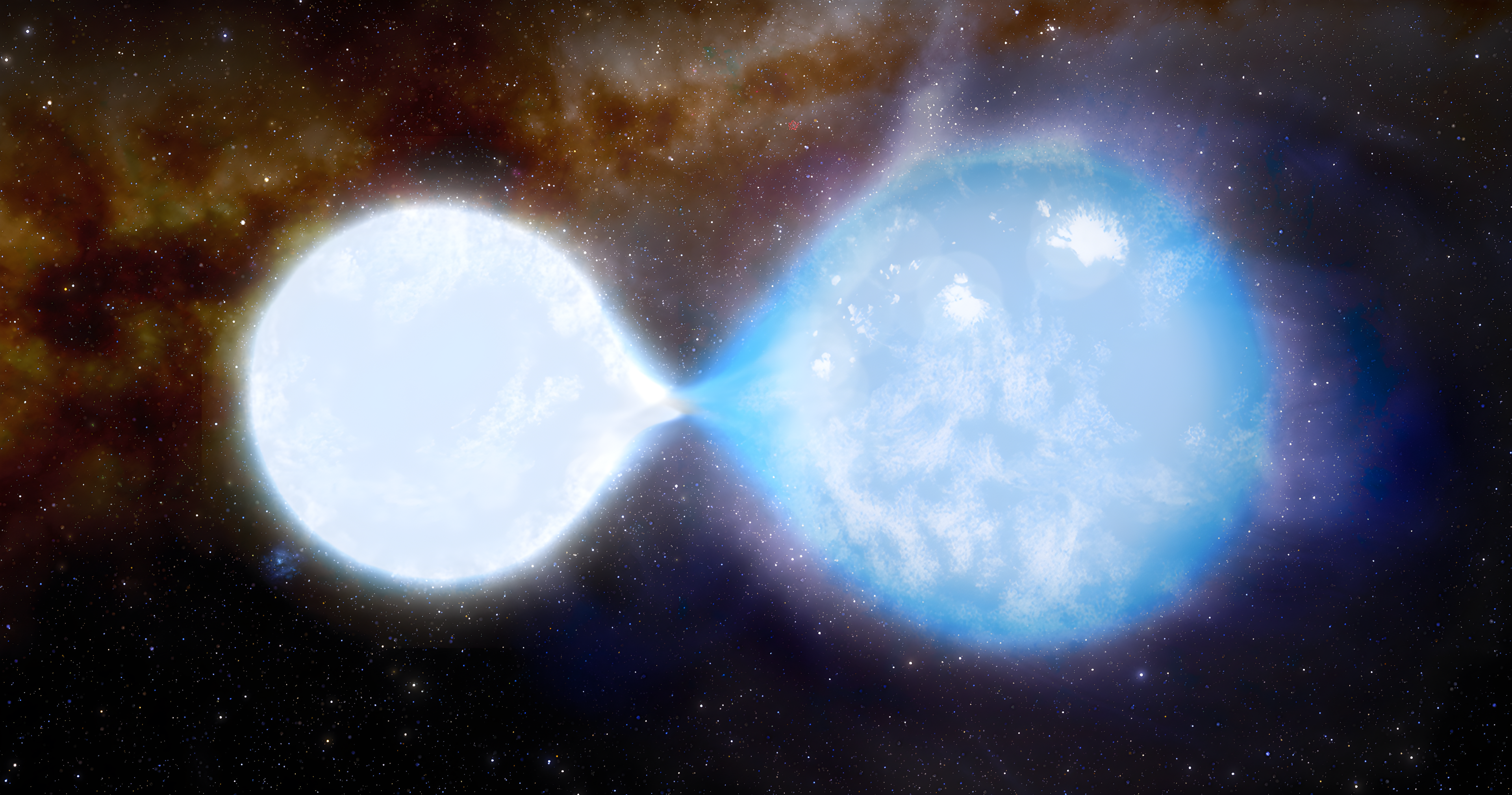
To study the binary star, the researchers measured different bands of light coming from it using data obtained by instruments on NASA’s Hubble Space Telescope and the Multi Unit Spectroscopic Explorer on ESO’s Very Large Telescope in Chile, among other telescopes. The team calculated the radial velocity, masses, brightness, temperature, and orbits of the stars and matched these parameters with the best-fit evolutionary model.
The black holes that astronomers see merge today formed billions of years ago when the universe had lower levels of iron and other heavier elements. The well-studied Small Magellanic Cloud, located about 210,000 light-years from Earth, has about a seventh of the iron and other heavy metal abundances of our own Milky Way galaxy, mimicking conditions in the universe’s distant past.
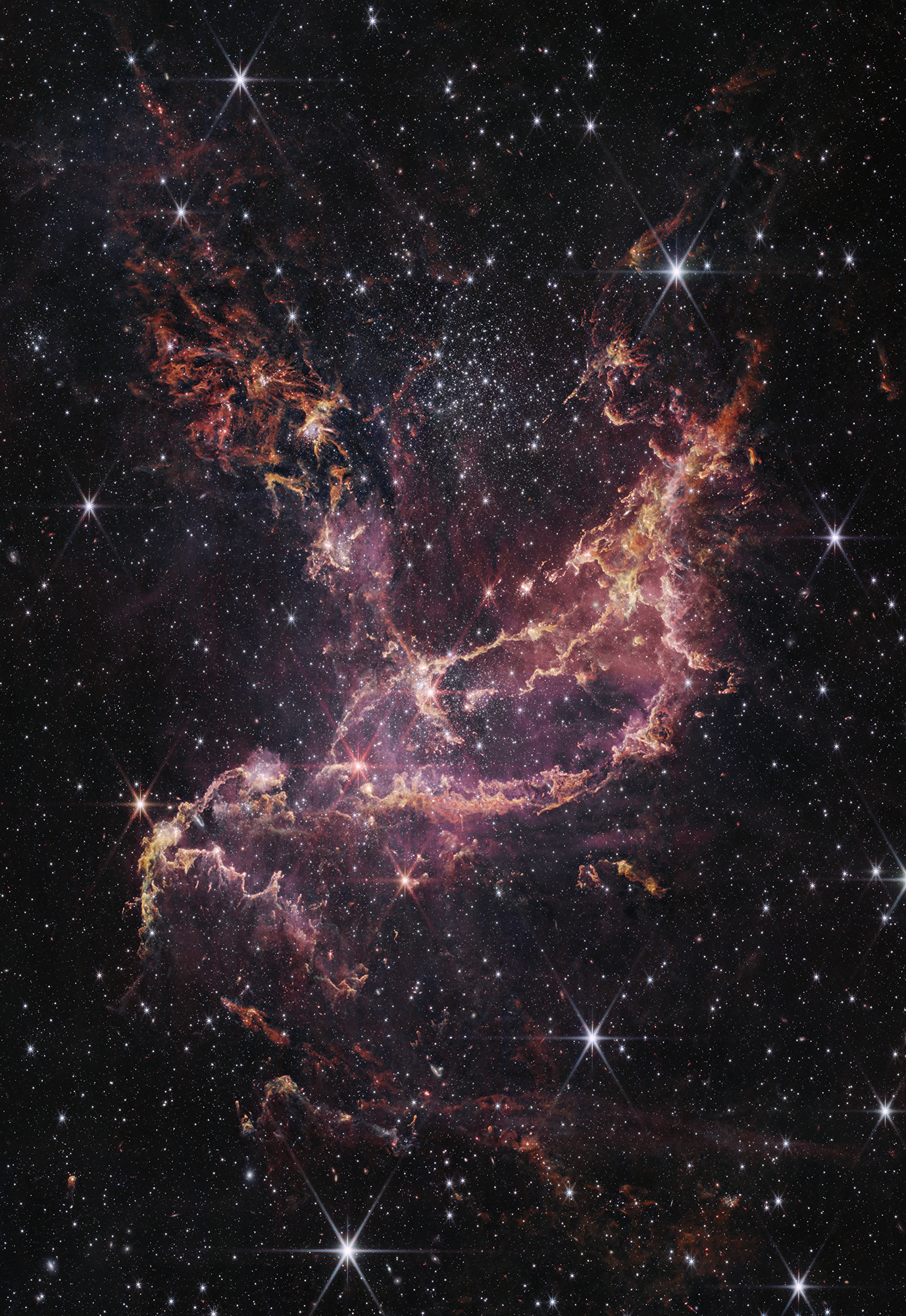
These findings, published in Astronomy and Astrophysics, provide an excellent opportunity to understand how these massive stars interact and how black hole binaries form.



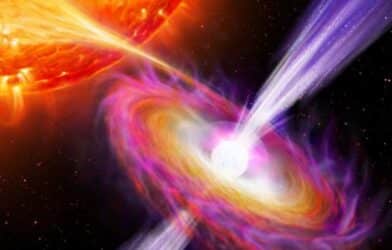
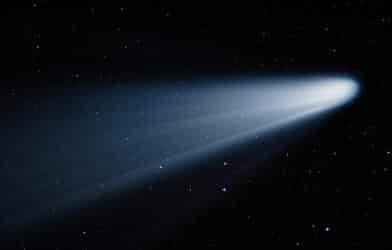
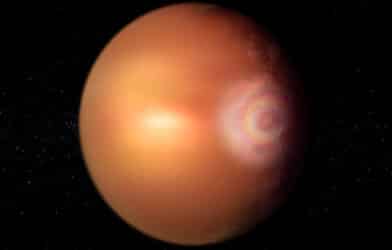



-392x250.png)


Comments